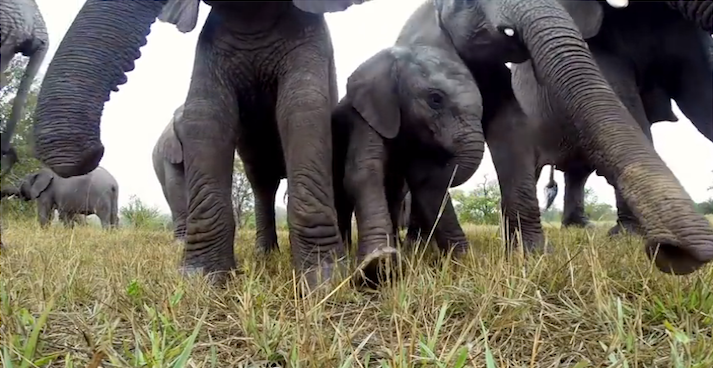Calling it an “important step on the pathway toward reconciliation,” Canadian officials say 40 wild plains bison are now making themselves at home on a First Nation in Saskatchewan.
Parks Canada, the Nature Conservancy of Canada and The Key First Nation in Treaty 4 announced Tuesday the successful translocation of 40 plains bison — 20 plains from Grasslands National Park and 20 from Old Man on His Back Prairie and Heritage Conservation Area in Saskatchewan.
Leaders consider it a “historic moment” for The Key First Nation to successfully return the culturally significant animals to their traditional lands and establish a new herd.
“Repatriation of bison is the true cultural revitalization piece for our Anishinaabe people immediately creating unity and togetherness within the community chi-miigwech,” Christopher Gareau,
Councillor for The Key First Nation, said in a statement.

Bison once roamed the grasslands in the tens of millions and were an integral part of the lives of Indigenous people. But herds were nearly wiped out due to over-hunting and habitat loss.
International conservation efforts have slowly brought them back.
The Grasslands National Park herd was reintroduced to the landscape in 2005 — also part of a translocation effort from Alberta’s Elk Island National Park.

“The near extinction of plains bison was a devastating loss for Indigenous peoples across the Great Northern Plains,” Marc Miller, Minister of Crown-Indigenous Relations, said in a statement. “This collaboration with The Key First Nation to return plains bison to their land is a positive example of Parks Canada and Indigenous peoples working together and taking important steps toward conserving natural and cultural heritage, and sharing the stories of this majestic animal.”
Today, I'm pleased to announce that 40 plains bison were successfully translocated to establish a new herd with The Key First Nation in Treaty 4. https://t.co/ZoJQOYD4Ts
— Steven Guilbeault (@s_guilbeault) February 1, 2022
The transfer of these animals is also important for the well-being of the environment.
“The grazing patterns of bison also help shape the vegetation composition, ecosystem function and structure of the Prairies,” Jennifer McKillop, Saskatchewan regional vice-president for Nature Conservancy of Canada, explained.
Returning the animals to The Key First Nation will help with local knowledge to preserve a threatened species. It could also help improve cultural and socio-economic opportunities for the Anishinaabe people, according to those involved.
.@ParksCanada & @NCC_CNC bison are on the move! 40 plains bison have been translocated to establish a new herd with The Key First Nation, renewing cultural, historical and ecological connections. #reconciliation #repatriation #IndigenousKnowledge Details: https://t.co/D4F29ZUG8Z pic.twitter.com/AZt61ImtOy
— ParksCanSaskatchewan (@ParksCanada_SK) February 1, 2022




